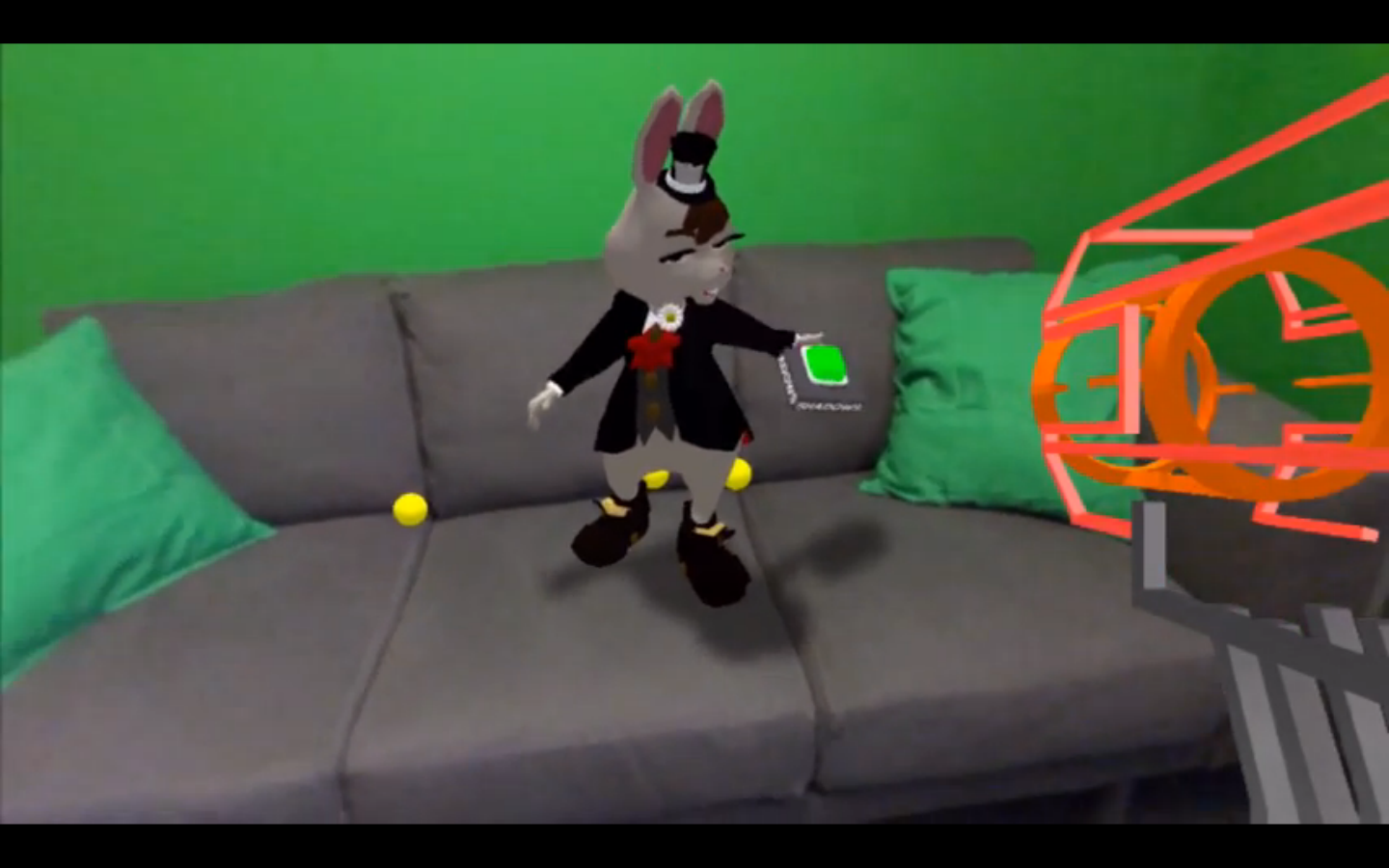As the tech world chips away at making virtual reality a Thing™, augmented reality — VR’s less-flashy-but-equally-awesome cousin, the idea of blending 3D models and visuals into a view of the real world — quietly gets better and better.
But there are problems to be solved before AR can be truly great. Things that seem simple until you actually try to do them — like getting that computer in your pocket to understand the basic details of a room that it’s in. Where are the walls? Is that weird pointy shadow over there a corner, or just the result of crap lighting?
Occipital is trying to solve this by building portable, plug-and-play accessories that turn iPads and other devices into 3D scanning beasts. Strap their Structure sensor onto your iPad, and bam — it’s mapping rooms in 3D and scanning real world objects into 3D models.
Want to see how that IKEA cabinet will look in your room without lugging it home, deciphering the instructions, and bashing your thumb with a hammer 40,000 times? Capture the room in 3D and toss a render of the cabinet in.

Now they’ve bought a company to help them move away from needing that standalone sensor — or at least, from needing quite so many of them out in the wild.
Occipital tells us that they’ve acquired Replica Labs, a team of computer vision researchers that had been working on an apps to give any phone basic 3D scanning capabilities without additional hardware.
The purchase price was not disclosed, though we’re told it’s a mix of cash and stock.
Replica was focusing on 3D scanning without additional hardware sensors. Occipital … builds a 3D scanning hardware sensor. Seem contradictory?
The fit here is in the overlap. They can’t outright replace the Structure sensor just yet — instead, they’re using data from a Structure 3D sensor to make Replica’s tech more accurate. You’ll scan a room once with Occipital’s sensor to get the granular depth data, then others — those without the $400 sensor — will be able to navigate that room in depth-mapped 3D and do augmented reality stuff as if they, too, had a sensor attached.
Teachers, for example, could use the Structure sensor to 3D map a class room and all of the students could hold up their phones to see a character bouncing from desk to desk.
Or you and your friends could play a castle defense game right on your table, pieces rolling off the edge of your table and onto the floor as your castles fall — and only one of you would need a fancy, 3D scanning sensor.
It’s early days for AR, still — particularly when it comes to stuff like this, where things like full-room mapping and lasers are brought into the mix.
But we’re about to enter a strange period where some devices are far more capable than others at chewing through jaw-dropping AR. Later this month, Lenovo is expected to debut the first consumer smartphone running Project Tango — Google’s similar effort to bring depth mapping and room scanning to portable devices. Millions upon millions of devices, meanwhile, will have nothing but their RGB camera to rely on for years to come. It makes sense, then, for Occipital to try to figure out how to be the bridge between all of these.
